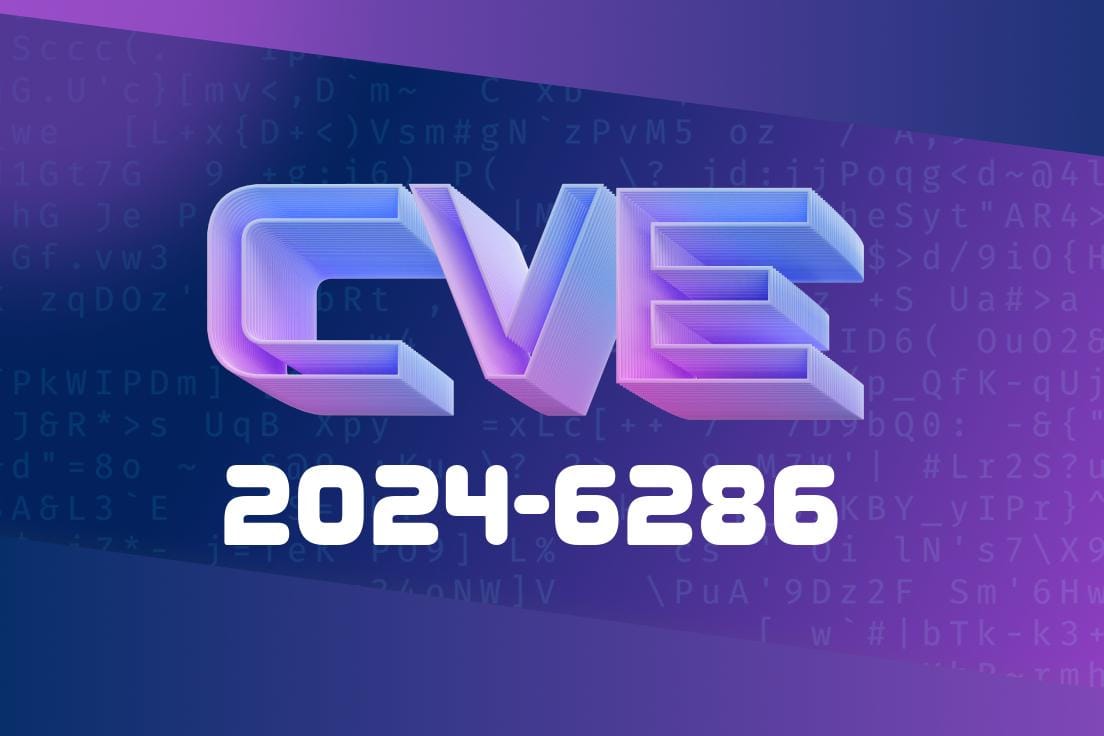Citrix Workspace users, take note: a new local privilege escalation vulnerability has been found in the Windows version of this popular application. Tracked as CVE-2024-6286, this bug gives low-privileged users a way to get SYSTEM privileges on affected machines—essentially the highest level of control in Windows. In this in-depth post, we’ll break down how the flaw works, how it can be exploited, and what Citrix Workspace users should do next.
What Is CVE-2024-6286?
CVE-2024-6286 is a Local Privilege Escalation (LPE) flaw in the Citrix Workspace app for Windows (versions prior to 2402). If successfully exploited, an attacker who already has access to a computer (with minimal user rights) can elevate themselves to SYSTEM, which means they can completely take over the machine, install programs, modify data, or create new privileged user accounts.
Official Citrix advisory:
https://support.citrix.com/article/CTX588083
Requirements: Local access to the target machine (either physically or remote desktop)
It’s important to remember: this isn’t a remote code execution (RCE) bug by itself—you already need one foot in the door. But malware, phishing, or malicious insiders often use flaws like this as a second step to take full control.
Technical details (Simplified)
The vulnerability revolves around improper permissions on certain folders and services created by Citrix Workspace. When Citrix is running, there is a Windows service that runs as SYSTEM. However, due to carelessness in file and folder permissions, a regular user can inject malicious code into locations that the SYSTEM service will later execute.
Attacker logs in as a normal user
2. They drop a malicious DLL or EXE into a folder Citrix Workspace service consults at startup (e.g., %ProgramData%\Citrix\Workspace)
3. The service, running as SYSTEM, eventually loads or executes the attacker’s DLL/EXE, giving the attacker's code full SYSTEM rights.
Here’s a simplified example in C which creates a DLL that launches a SYSTEM shell (cmd.exe)
#include <windows.h>
BOOL APIENTRY DllMain(HMODULE hModule, DWORD ul_reason_for_call, LPVOID lpReserved) {
if (ul_reason_for_call == DLL_PROCESS_ATTACH) {
system("cmd.exe");
}
return TRUE;
}
Compile this code as evil.dll and drop it into a folder where the service looks for DLLs (details depend on Citrix version/config). When the service loads your DLL, a SYSTEM-level command prompt will pop up.
> Warning: This is for educational purposes only. Do not exploit systems you do not own or have permission to test.
Official Citrix Advisory:
NIST NVD CVE Detail:
Original Reporter:
Mitre’s CVE summary:
https://cve.mitre.org/cgi-bin/cvename.cgi?name=CVE-2024-6286
What Should You Do?
Patch ASAP: Citrix has released Workspace app version 2402 to fix the vulnerability. Download and install the updated version from the Citrix download site or through your enterprise update mechanism.
Check Permissions: Review permissions on Citrix directories. Only administrators should have write access to directories loaded by services running as SYSTEM.
Monitor for Abuse: Look for suspicious DLLs, executables, or SYSTEM shells being spawned on endpoints with Citrix Workspace.
Final Thoughts
CVE-2024-6286 is a classic example of how improper permissions in Windows software can lead to catastrophic security issues. If you use Citrix Workspace, update immediately. Local privilege escalation bugs are a favorite weapon for attackers who have already slipped onto your systems—but patching gives them one less way to get to the top.
Stay safe, stay patched.
*(This post is original, simplified, and meant for easy understanding. For any security testing, get permission and comply with your local laws.)*
Timeline
Published on: 07/10/2024 21:15:11 UTC
Last modified on: 07/25/2025 16:26:47 UTC
